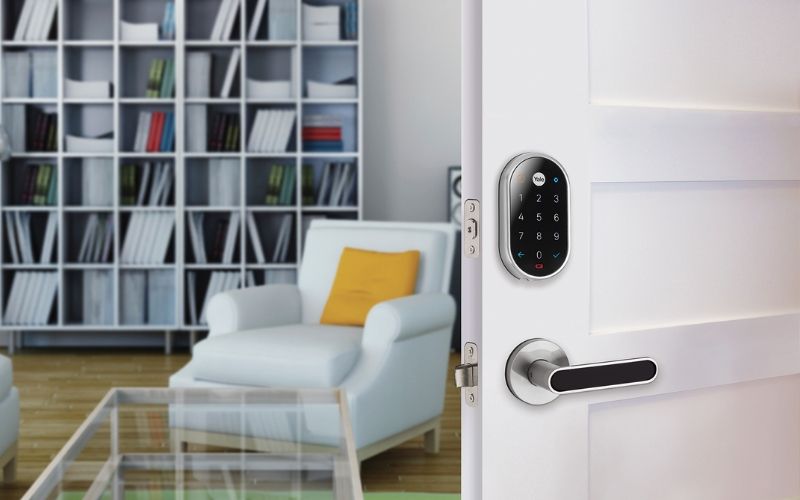As with smart bulbs and plugs, smart locks are gaining positions as Internet of Things equipment applied to the home. We tell you what they are, compatibility and how smart locks work.
Smart Electronic Locks
Smart electronic locks are gaining popularity among supporters of the connected home and the application of the Internet of Things in home automation. If you are thinking of buying a smart lock, in this guide we will tell you what they are, how they work and if they are truly safe.
Locks with smart technology are similar to conventional locks in terms of functionality. Thus, they provide protection against intrusions into the home and contribute to improving the comfort of use since they do not only rely on a physical component to operate the mechanism but other electronic components as well.
Smart locks will not necessarily make your home and home locked out service more secure, but they do allow greater access control by allowing you to configure digital keys with an expiration date so that you never lose control of the number of copies of your house keys.
Smart Lock
TT Fingerprint Lock smart lock
Smart lock with opening in several ways: with application via internet connection wherever you are, smart cards, PIN code or fingerprint reader. You can create users and different PIN combinations for each person.
A smart lock enhances the mechanical aspects of a conventional lock by integrating digital connectivity, which, in many cases, eliminates the need for physical keys, allowing other ways to open based on wireless or electronic connections.
The basis of the lock is basically the same, but in many cases the opening system is automated so that no physical key is required to open the door, and alternative identification methods can be used.
Unlike conventional locks, it works with an electronic system that keeps the door closed until the mechanism is activated and released. The process is analogous to inserting an invisible key and opening the door using it.
In recent years, conventional lock manufacturers have made great efforts to improve the security of their keys and make them more difficult to replicate. This concern for safety carries over to its smart counterpart as well.
Data encryption systems are common in the connections used in this type of product, so it is not easy to intercept these signals to reproduce them without authorization.
One of the main concerns of users is to see themselves in the assumption that, if there is a blackout or any other reason, they cannot access their house because the lock has stopped working.
To avoid these situations, the locks always have a plan B for “special occasions” that is none other than using a conventional key with which you will not be able to access the intelligent functions, but you can access the interior of your house.
Smart Lock Types
Each manufacturer has faced the integration of locks to a specific installation format, although they can be summarized in two main systems: replacement installation systems and complementary systems.
As its name suggests, the replacement system completely replaces the conventional door closing system in such a way that the lock itself includes the latches and springs that will keep the door closed.
This is the most “invasive” type as the locking system must be installed from scratch and modifications to the door or frame are required. It is simply installing a new lock that replaces the old one, but with smart functions.
The second type of smart lock is the complementary one, in which the lock is installed on a part of the lock that already exists, for example on the interior handle, providing an electric closing motor that operates the mechanical components to open the door.
This type of locks adapts to the existing lock and only controls the opening mechanism. Like a butler who opens the door for you when you arrive next to it.
Final Thoughts
So the conclusion is that smart locks are a great way to enhance your home’s security and protect it from any kind of danger.

